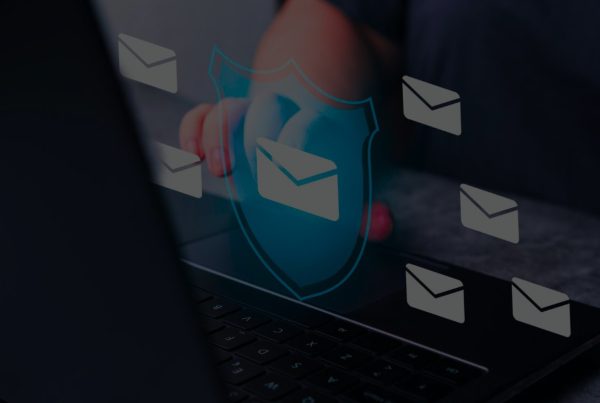The Rise of QR Code Phishing and Its Impact on Corporate Emails
As organizations continue to evolve their digital infrastructure, cybercriminals are doing the same—adopting new techniques that bypass traditional security systems. One of the fastest-growing threats in the enterprise landscape is QR code phishing, also known as “quishing.” This emerging form of cyberattack leverages QR codes in emails to redirect users to malicious websites or data collection portals, often crafted using AI to closely mimic legitimate platforms.
While QR codes were once considered secure due to their machine-readability, they are now being weaponized to bypass standard email filters, evade link scanning tools, and target unsuspecting employees—particularly in hybrid and remote work settings. The impact is particularly severe for industries bound by regulatory compliance, such as financial services, healthcare, and software.
Why QR Code Phishing Is So Effective
Most traditional email security tools are designed to detect malicious links, attachments, or known file signatures. QR codes, however, introduce a layer of abstraction that these tools often miss. The code itself is an image, and the link it contains only becomes active once scanned by a mobile device—typically outside the purview of enterprise monitoring systems.
Moreover, attackers now use AI to generate context-specific phishing content, embedded in landing pages accessed via QR codes. These malicious pages can impersonate login portals, internal HR dashboards, or even Chatbot interfaces designed to extract user credentials or personal information.
Case Study: SaaS Company Targeted via Employee Onboarding Emails
A growing SaaS company in Southeast Asia recently experienced a targeted quishing attack disguised as part of their employee onboarding process. New hires received emails appearing to come from the HR department, asking them to scan a QR code to access payroll documents. The QR code redirected to a phishing page that mimicked their internal portal—built using AI to reflect brand colors, font styles, and even the company logo.
The attack bypassed their native Google Workspace security filters, which failed to flag the embedded QR image as a threat. The breach was detected only after multiple employees reported suspicious activity on their accounts. After the incident, the company implemented an AI-enhanced email security platform capable of scanning images for embedded URLs and cross-verifying them with known phishing domains.
Implications for Compliance and Enterprise Security
Beyond the immediate security risks, QR code phishing poses a serious threat to compliance mandates. A successful quishing attack can result in unauthorized access to sensitive customer data, financial records, or employee credentials—leading to violations under GDPR, HIPAA, and PCI-DSS.
Organizations relying on default email protection in suites like Microsoft 365 or Google Workspace must recognize that compliance automation and advanced threat detection are now essential components of modern security architecture.
Case Study: Financial Firm Strengthens Layered Email Protection
A mid-sized investment firm based in the U.S. reported a similar attack targeting senior analysts. The attackers used QR codes in emails that appeared to be updates from a popular analytics platform. Once scanned, the link redirected users to a Chatbot that simulated the platform’s support interface and asked for authentication credentials.
To counter future attacks, the firm deployed a multi-layered email security solution that included QR code parsing, image recognition, and AI-based threat detection. The system automatically extracted and analyzed links hidden within QR codes, scanning them against real-time threat intelligence feeds. The solution not only neutralized new threats but also ensured audit-ready compliance reporting.
Building Resilience Against QR Code Phishing
To safeguard against quishing, enterprises must:
- Deploy email security solutions with image scanning and QR code parsing capabilities
- Use AI-driven behavior analysis to detect anomalies in sender patterns and content tone
- Educate employees on the risks of scanning QR codes from unverified sources
- Implement tools that simulate phishing scenarios, including QR-based threats, for awareness training
Final Thoughts
As threat actors become more sophisticated, QR code phishing is poised to be a persistent challenge in corporate cybersecurity. By recognizing its unique risks and implementing intelligent, AI-powered defenses, businesses can stay ahead of attackers—and remain compliant in an era where email is both a productivity tool and a security vulnerability.








